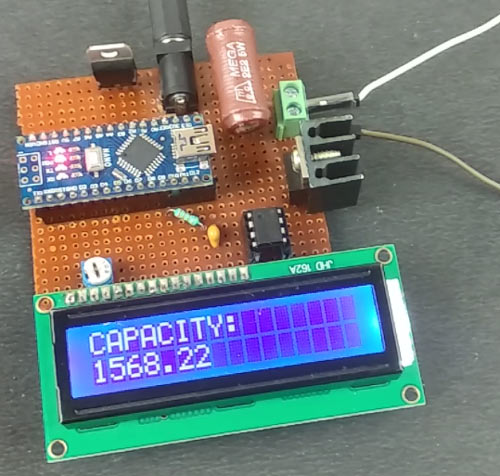

I don't need incredible accuracy, I'd just love to be able to keep an eye on the system, and have a better solution than Terminal Voltage, while under load. A heap of googling comes up with buzz words like "peukert's equation" and "kalman factors", but in a number of PHD papers that I've browsed over, there seems to be little in the way of an implementable equation. Coulomb Counting seems like a reasonable technique, except that as overlanders, we rarely know when our battery is fully charged.

Arduino Uno shield is used to monitor chimney smoke and provide feedback to.
#ARDUINO BATTERY MONITORING SYSTEM HOW TO#
I would love to be able to estimate the AUX battery's State of Charge, and based on current use, estimate how long it can be run before reaching a safe state, such as 50%. A smart ESP32-based battery management system controller board for Li-ion. This guide details how to build a simple energy monitor on a breadboard that can be used to measure how much electrical energy you use in your home. That will all be nice and easy to monitor, but this week I've been looking in to whats involved in estimating a battery's State of Charge, and it seems to be a minefield of PHDs. ABSTRACT: One important feature of a battery management system is to provide the user with the overall health of the battery pack.

I'll measure voltages on all three, and measure current flow on the negative of my Auxiliary Batteries. After some fine adjustment using designing. Most significantly, they can estimate expected run time under certain discharge conditions. The Arduino determines average discharge current and can record time to estimate the Ah rating of the battery. Been fiddling with Arduino boards for a while on and off, and I'm wanting to develop a monitor for my Cranking and Auxiliary battery banks, and perhaps the solar panel, but primarily for the Auxiliary. Battery management systems can measure the performance of batteries.


 0 kommentar(er)
0 kommentar(er)
